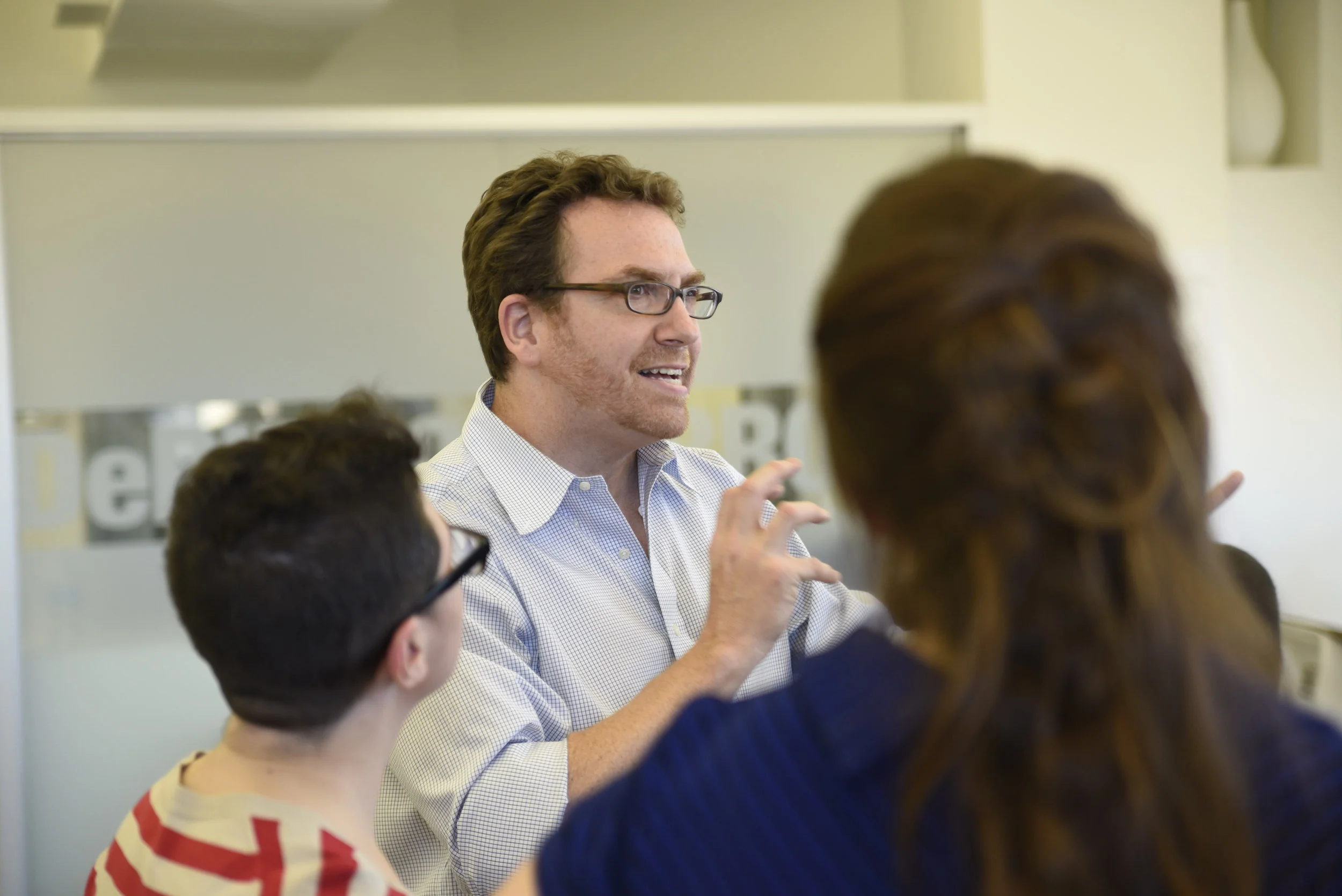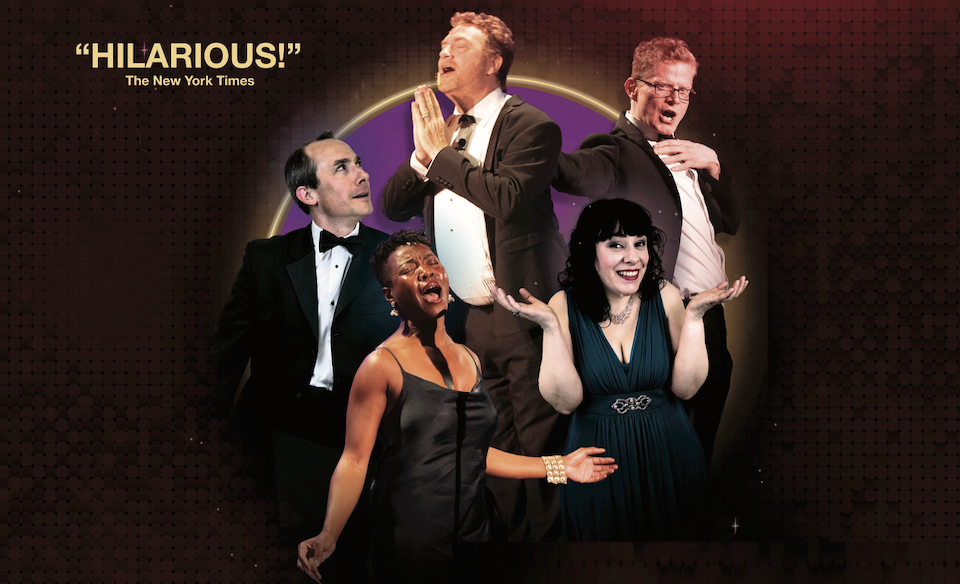Very often, the teachings that a music improv student receives are simply messages passed down from a teacher to a student who becomes teacher to student who becomes teacher, and so on. These messages are not actually questioned and worse, they tend to be reinforced through performance. However, this reinforcement is more from safety than out of a true knowledge of the possibility of something deeper. Here are a few of these so called rules we should be questioning:
1. Sing What You Feel
When the piano player starts playing, the obvious thought is that the improviser should then respond by singing an emotional statement that speaks to how they are feeling in that moment. If it is a break-up scene, they will likely sing, "I don't love you anymore."
There are several problems with this. If you follow that path, you are essentially singing your chorus first. Choruses sum up the message of the song. If improvisers start by summing up, the music will not feel like a chorus and when it’s time for your chorus it will feel disjointed.
Another consequence is that you may have a chorus statement in a verse and will then have to build to an even higher emotional statement when you actually arrive at your chorus musically.
Instead,
sing the last line that your partner just said to you.
pick a detail from the environment you have created and explore it.
let a sound come and a word form and take it from there.
Any of those options (plus the 18 zillion I have not mentioned) will lead you down a path of discovery that starts out small and leads you to the big payoff that is appropriate for a chorus.
Finally, working this way will also keep you from songs that can feel cheesy because they are so on the nose from the beginning. Think "Careless Whisper." (Note: not meant to insult George Michael and his Wham! pal, Andrew Ridgeley. Awesome song-writers. This one is def a bit of a cheeser, though. We can all agree on that, right?!) Instead, you will create gems that take the listener on a journey, feel truly emotive and take you to choruses that you cannot let go of. A great example is "I Can't Make You Love Me" by Mike Reid and Allen Shamblin. (Note how a line about the environment begins that song).
2. You Don't Have to Rhyme
I have heard endless improv teachers say some version of the sentence "If you don't have a rhyme in your head, just don't rhyme."
Sorry, no.
You gotta rhyme.
Melody dictates rhyme and our ears know it. If I said to my children, "Mary had a little lamb. Its fleece was white as snow. And everywhere that Mary went, the lamb was sure to check it out as well," they would not be pleased. This is because our ears collectively understand the structure of A-B1-C-B2. Our ears know that when we hear a long line (A), then a short line (B1), and the two do not end in rhyming words, we are gonna have to satisfy that with at least a rhyme for the short line (B2).
Here's one you don't know (cause I am making it up as I type):
Crabby Abbey ate some cake. Abbey then got sad. (A)
And wouldn’t you know, (B1)
for goodness sake, (C)
that cake had just gone ____ (B2)
We know that the word that fits the blank has to rhyme with sad. We must think of our music as our scene partner. That scene partner is making a nice organic offer and like any good improviser, we cannot deny. We must accept that offer and add to it. How to do that? With rhyme. All the time. It's sublime and to not would be a _______!
3. Lead from Structure
Most improvisers start their music improv journey by learning to improvise songs within certain common musical forms. They are told to sing a tagline song, for example. This means that form is dictating content. Yet to create organically in the moment, content needs to dictate form. Our melody should lead to the structure it is implying for your song. This may lead you to those forms being dictated; however, they may not. As improvisers, we have to be flexible and to be able to pivot based on what is happening in the moment. Your melody may need a double chorus at the end of a verse/chorus song or a second (and different) bridge and 4th verse in a Tagline song, as is often the case in musical theater. Check out the song "Still Hurting" by Jason Robert Brown to hear that structure in action. You may start with a chorus. You may have a verse, chorus, bridge, verse, chorus. Oh and what about the pre-chorus? The possibilities for song structure are endless and your melody will tell you what your structure needs to be if you actually willing to listen and stay open. To lock yourself in to pre-determined structure will only hinder the possibilities.
Stay in the moment, listen to your music/melody, and for goodness sake, RHYME!















